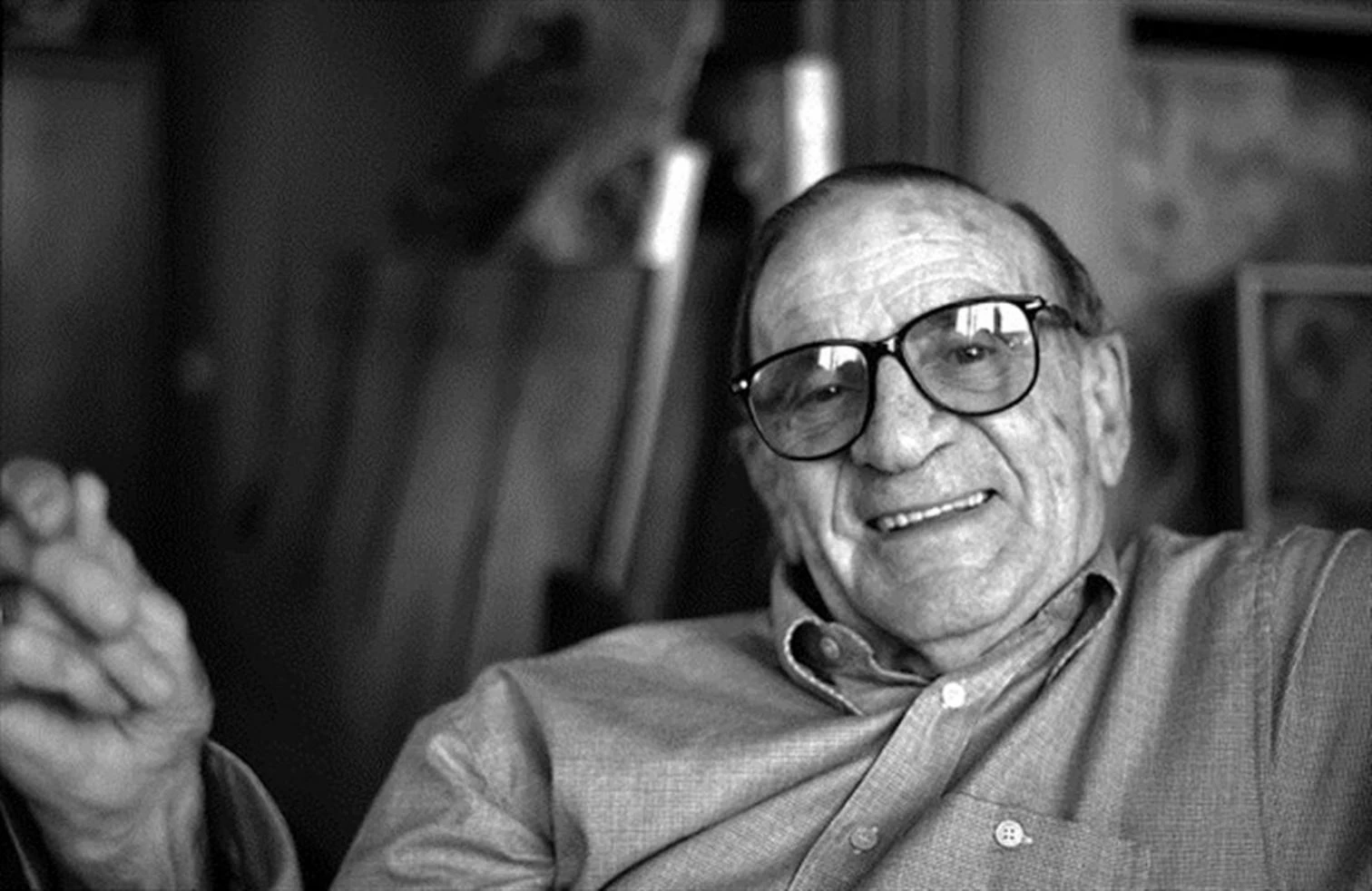
1913-2014
The death of the centenarian Aburto marks the extinction, biologically and symbolically, of a generation of masters that introduced modernity in Spanish architecture. Born in 1913, the ninth son of a middle-class family of Vizcaya travelled to Madrid to study architecture. Shortly after the Civil War broke out and Aburto had to join the nationalists. As so many other youngsters of his time, he couldn’t graduate until the war was over, but he started working soon, building social housing, until his big opportunity came along, the Casa Sindical competition in Madrid (1950), which he finally built with Francisco de Asís Cabrero: a monumental and pioneering piece that would earn him an important place in the history of 20th century Spanish architecture. After this work he built the Miesian headquarters for the newspaper Pueblo (1959) and other minor commissions in which Aburto developed his most creative and expressionist side, with noteworthy completions like the colorful housing blocks in Neguri (1969). From this moment on, Aburto retired and devoted himself entirely to painting, a passion he excercised tirelessly until his death.





